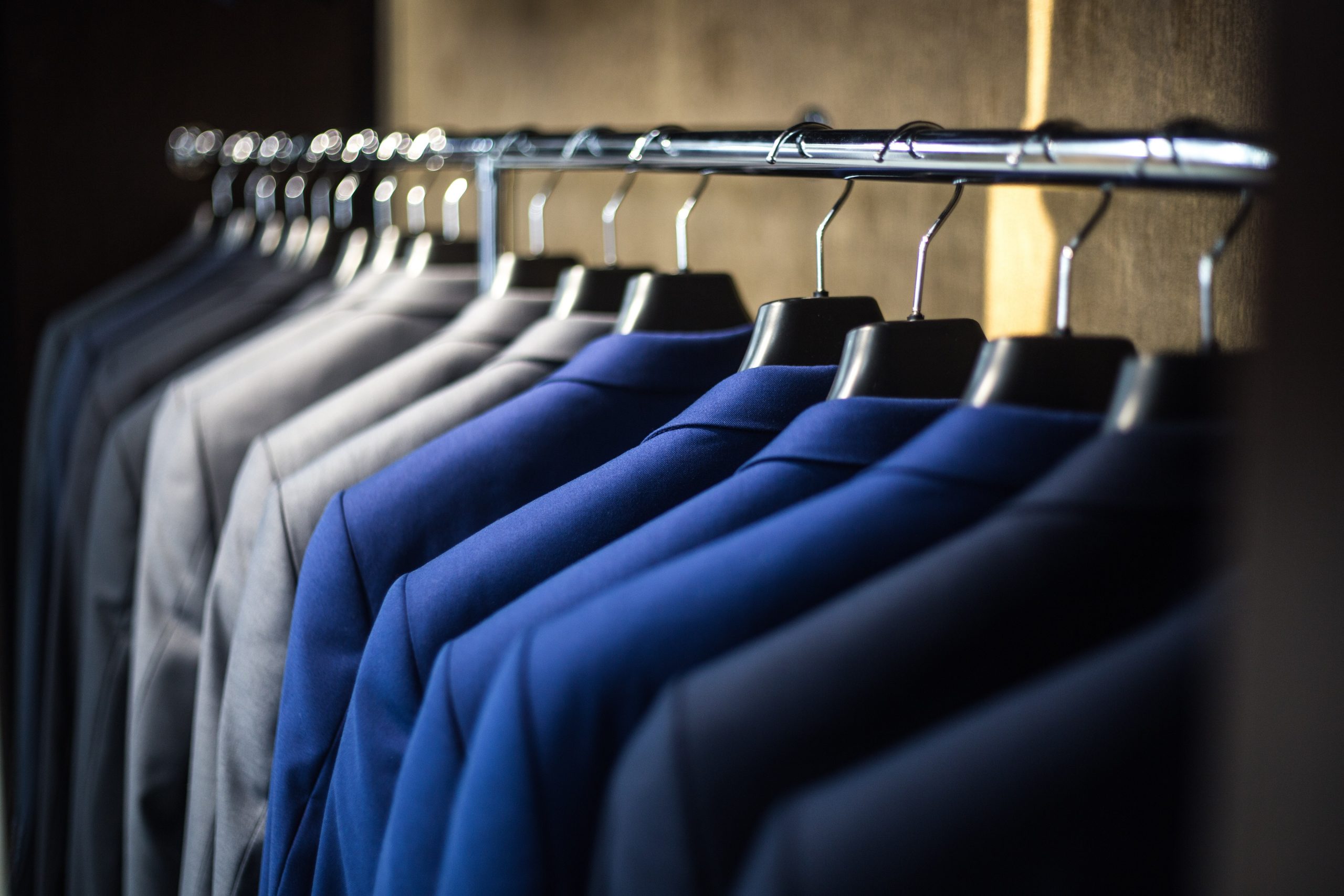By: Sarvenaz Ghattan
While the words counterfeit and knockoff are often used interchangeably, they represent different things. Counterfeit refers to a product that is identical to another product. They are hard to distinguish from the original one and infringe on trademark law.
On the other hand, knockoffs refer to products that resemble the original product and aren’t identical. Unlike counterfeits, knockoffs are not illegal. As the result of the sale of fake goods, the fashion industry has lost more than $50 billion in 2020. In 2018, a six year investigation resulted in the seizure of “enough counterfeit Gucci bags, Hermes belts and Tory Burch purses to fill 22 shipping containers” and 33 people charged. But the damage does not stop there. Counterfeits and knockoffs can cause loss not only to the seller but also to the consumer.[1]
Damage to the Buyer
Health Hazard
Fake products can sometimes have health hazards and pose serious concerns for consumers. Fake accessories, particularly cosmetics, often contain toxic chemical that can harm the consumer if frequently used or sometimes even if used in small amounts.[2]
Makes it difficult for consumers to trust brands and spot original products
For brands, reputation and branding is everything. Branding is used by the consumers to spot a product and allows them to quickly judge the quality of the product. Presence of counterfeits diverges the true quality of an original product from the brand. This will make it difficult for consumers to find original products and trust them. A consumer who wants an original product and is willing to pay the price, might fall into the counterfeit trap and throw away their money with the idea that they have found an “original” at a lower price.
Damage to the Seller
Loss of Reputation
No matter how good a counterfeit looks, it cannot be like the genuine product. Some consumers may be unaware that the product is fake and may blame the real manufacturer if they see fault in their purchased product. This can greatly affect the brand’s reputation. While you may think bigger and more established brands such as Gucci may not be impacted as much by this, emerging designers can greatly suffer from a damage to their reputation.
Stops Innovation
Hermès did not become Hermès over night! A lot of research, investment and work goes into each new product designed. With counterfeits and knockoffs, a brand may lose their business to a seller who has put no effort into their product, and this can be discouraging- particularly for new designers. And with little to no IP protection for designs, designers may become more hesitant to invest in innovative products. Removing counterfeits from the market and appreciating the work done on genuine goods can encourage designers to become more innovative.
Conclusion
We only covered a few of the damages that counterfeits can cause to the fashion industry. At the end of the day, as Ashlee Froese, partner at Gilbert’s LLP says: “Counterfeiting is stealing the greatest asset a designer has and that is creativity.” [3] We must all be careful not fuel this crime by ensuring that the products we buy are genuine. Conflict Analytics Lab is currently working on developing an AI machine that assist consumers differentiate between counterfeit and genuine product. Stay tuned to learn more!
Disclaimer: The information provided in this response is for general informational purposes only and is not intended to be legal advice. The content provided does not create a legal client relationship, and nothing in this response should be considered as a substitute for professional legal advice. The information is based on general principles of law and may not reflect the most current legal developments or interpretations in your jurisdiction. Laws and regulations vary by jurisdiction, and the application and impact of laws can vary widely based on the specific facts and circumstances involved. You should consult with a qualified legal professional for advice regarding your specific situation.
[1] Robbins, L. (2018, August 16). Investigators seize fake luxury goods worth half a billion dollars. The New York Times. Retrieved March 5, 2022, from https://www.nytimes.com/2018/08/16/nyregion/fake-luxury-goods-handbags.html
[2] Counterfeit products with serious side effects. Nanotech. (2020, December 17). Retrieved March 5, 2022, from https://www.nanosecurity.ca/counterfeit-products-side-
[3] “Can you fake fashion?”: The impact of counterfeit on the fashion industry. dotNice. (2017, February 18). Retrieved March 5, 2022, from https://www.dotnice.com/can-you-fake-fashion-the-impact-of-counterfeit-on-the-fashion-industry/

